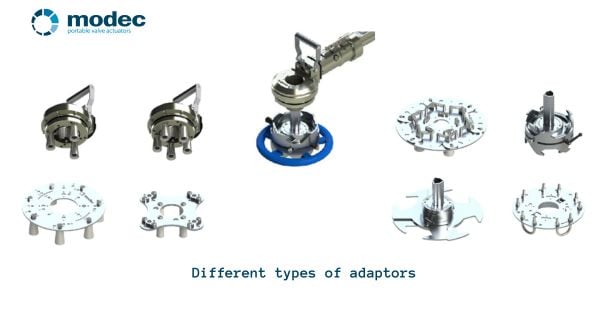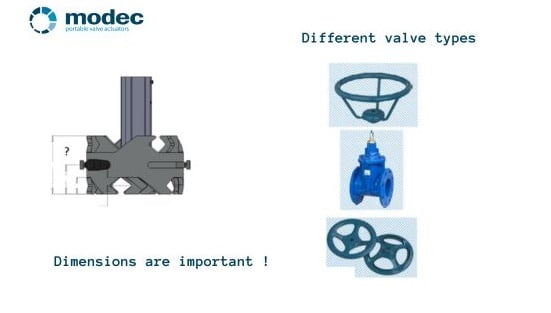PVA Options Distributors PVA Case studies PVA Range
19 February 2024
PVA Options Distributors PVA Case studies PVA RangeAs professionals in actuators in the valve industry,, we understand the challenges that come with obtaining accurate specifications for valve handwheels.
At modec, we encounter this issue frequently, both with clients and distributors. However, we believe that clarity on handwheel specifications is crucial for ensuring the correct adaptor is used, ultimately leading to smoother operations and enhanced efficiency.
In this post, we want to highlight the importance of handwheel specifications and provide insights into common mistakes to avoid when selecting adaptors.
Handwheels may seem like simple components, but their specifications play a significant role in the proper functioning of valves and actuators. Here's why getting these dimensions right is crucial:
Handwheels come in various sizes, shapes, and configurations. Ensuring compatibility between the handwheel and the adaptor is essential to avoid issues such as misalignment or slippage.
Using an incorrectly sized adaptor can compromise the safety of valve operations. A secure fit between the handwheel and the adaptor is necessary to prevent accidents or malfunctions.
Properly matched adaptors contribute to smoother valve operation, reducing downtime and maintenance costs. It also ensures that actuators function optimally, improving overall system efficiency.

The common error consists of not taking into account the shape of the handwheel, the number of arms, the diameter, as well as the size and shape of the handwheel center.
Other important aspects to consider are : the orientation of the handwheel ( vertical or horizontal) and the operator's environment.
Each of these parameters influences the compatibility between the handwheel and the adaptor. Ignoring these details can result in less optimal performance or even equipment damage.
At modec, we've developed an innovative range of adaptors designed to fit various handwheel configurations. However, ensuring compatibility requires accurate handwheel specifications. Here's how we can assist:
Arrange a demonstration with us to try our adaptors on-site. This allows you to test compatibility firsthand and explore our actuators' capabilities.
If on-site testing isn't feasible, simply send us the dimensions of your handwheel. We can model it to verify compatibility and recommend the appropriate adaptor.
Our engineering department can provide key dimensions of our adaptors to ensure compatibility with your handwheel. Referencing these dimensions alongside your handwheel specifications enhances accuracy.


+ 33 (0) 4 75 40 27 15
sales@modec.fr
ZI Sirius Quatre
80, allée René Higonnet
26760 Beaumont-lès-Valence, FRANCE
185 Alewife Brook Parkway
#210
Cambridge, MA 02138, USA
11111 Katy Freeway suite
#910
Houston, TX 77079, USA
© Alle Rechte vorbehalten - modec - Verwirklichung : ARKOD